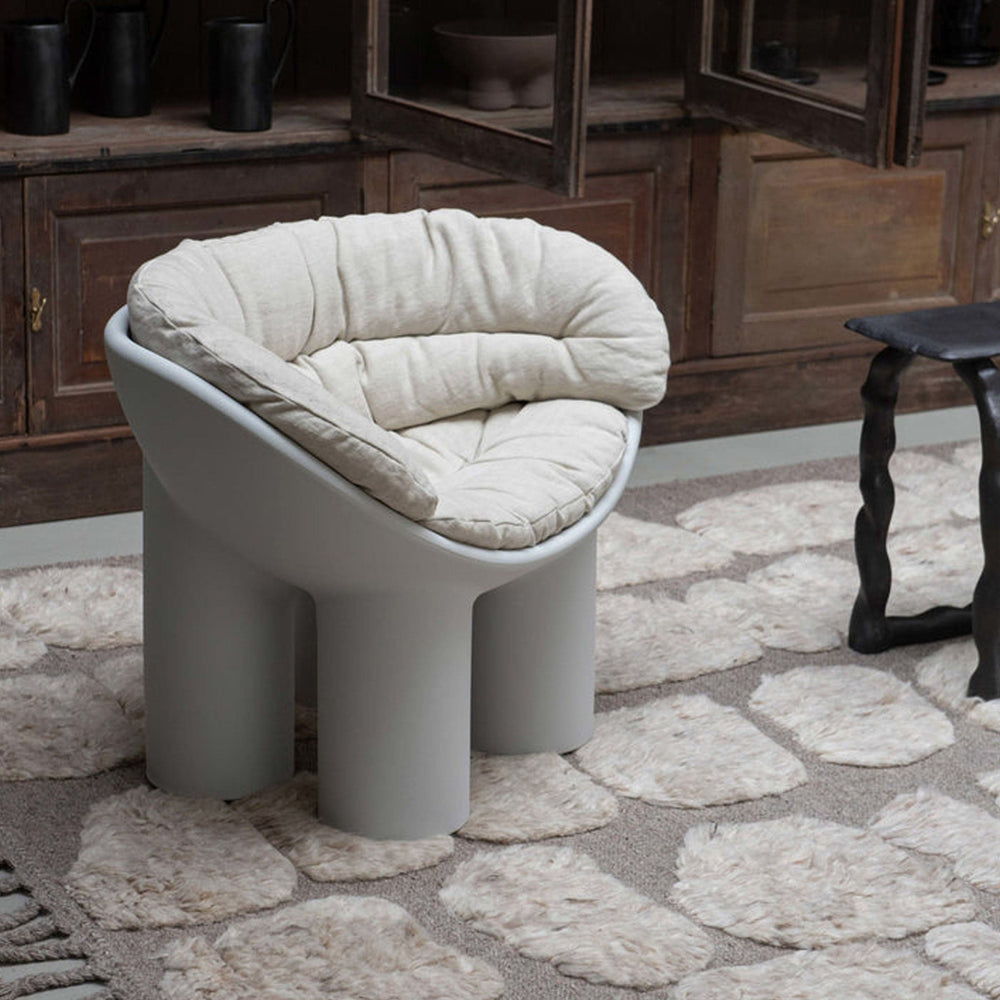#08 MILAN
THE BLOG - curated by Antonella Dedini
DESIGN ITALY IN THE WORLD
MILAN

There are cities of obvious grandeur that present themselves generously to all, with their abundant beauty, and others that are secretive, preferring to be discovered, like Milan.
Striking a delicate balance between ancient and contemporary architecture, it has always been the capital of design because its innate ability to handle modernity keeps its citizens perpetually in the role of tourists and explorers in their own "infinite city." The urban dimension seamlessly merges with the culture of fashion and, above all, design, as it is the city of renowned architects and designers such as Franco Albini, Gio Ponti, Achille Castiglioni, Cini Boeri, Enzo Mari, Bruno Munari, Ettore Sottsass, Marco Zanuso, Vico Magistretti, Gae Aulenti, Alessandro Mendini, Mario Bellini, to name just a few of the greats who have contributed some of the most significant objects to history.
Additionally, there are contemporary figures like Patricia Urquiola, originally from Spain but an adoptive Milanese. It's worth noting that Milan Design Week represents the most important global event in design and one of Milan's creative and economic driving forces, thanks to a unique synergy between the fair and the city, companies and designers, unlike any other place in the world. Living in Milan today means being part of a truly innovative, exciting, fast-paced, super-efficient, and intercultural metropolis, yet one that remains human in scale.
How do we imagine a home in Milan?

Milan apartments are often furnished with historical design pieces, blending classic elegance with eccentric touches. These are homes filled with colors, energy, and precious details.
 The imaginary living area of this house features a sofa designed by Patricia Urquiola for Cassina, called Sengu Bold. Its generous forms, along with an open and inviting composition, celebrate social interaction. Surrounding it are iconic pieces like the historic Nuvola Rossa bookshelf, designed by Vico Magistretti for Cassina in 1970 but conceptually rooted in 1946.
The imaginary living area of this house features a sofa designed by Patricia Urquiola for Cassina, called Sengu Bold. Its generous forms, along with an open and inviting composition, celebrate social interaction. Surrounding it are iconic pieces like the historic Nuvola Rossa bookshelf, designed by Vico Magistretti for Cassina in 1970 but conceptually rooted in 1946.
Next to the sofa is the Gio Ponti 1932 coffee table for FontanaArte, with one of Gae Aulenti's most famous "abat-jour" lamps, the Pipistrello.
The coffee table in front of the sofa is Terry Dwan's Kohi for Riva 1920, with a top made of precious Australian Kauri conifer wood, dating back 50,000 years and brought back to life through underground reserves.
 Bard, designed by Giulio Iacchetti for Internoitaliano, is a padded floor pouf that is a tribute to the city of Milan, as its shape echos the form of the cement traffic bollards found all around the northern Italian city and designed by Enzo Mari in the 1980s.
Bard, designed by Giulio Iacchetti for Internoitaliano, is a padded floor pouf that is a tribute to the city of Milan, as its shape echos the form of the cement traffic bollards found all around the northern Italian city and designed by Enzo Mari in the 1980s.

A print by Bruno Munari reminds us to always look at the Moon, which is reproduced with geographical accuracy; the poet Giacomo Leopardi wrote “What do you do there, moon, in the sky? Tell me what you do, silent moon.”
THE DINING AREA

The dining area is the epitome of conviviality. Unlike many metropolitan cities, Milanese people enjoy hosting gatherings at home to share spaces and the art of cooking. The Olimpino table with tempered glass top was designed by Ico Parisi in 1955.
 It boasts a slender, bold structure recognizable by its black square-section tubular metal frame consisting of two pairs of "Y"-shaped uprights. Around the table are Gio Ponti's iconic Superleggera chairs, and the the iconic CAB 413 armchairs designed by Mario Bellini, the world's first self-supporting leather design seating. Today, all these are produced by Cassina.
It boasts a slender, bold structure recognizable by its black square-section tubular metal frame consisting of two pairs of "Y"-shaped uprights. Around the table are Gio Ponti's iconic Superleggera chairs, and the the iconic CAB 413 armchairs designed by Mario Bellini, the world's first self-supporting leather design seating. Today, all these are produced by Cassina.

On the table and on the walls, you'll find precious objects like sculptures. The room's lighting can be calibrated and modulated by various light sources in terms of shape and intensity. The glass sphere ceiling lamp theme reminds us of the old 19th-century street lamps in the center of Milan.
THE NIGHT AREA

The bedroom is also furnished with iconic design pieces, such as Rodolfo Dordoni's Acute side tables for Cassina, which can double as nightstands due to their highly functional two-tier design – an upper revolving top in polished marble and a larger, lower top with a matte lacquered finish.
The Aurora Due leather bed, designed by Tito Agnoli for Poltrona Frau, seems to float in space.
On the walnut wood Binario dresser by Dale Italia, there's Gio Ponti's Bilia table lamp for FontanaArte. Designed in 1932, it still exudes a highly contemporary feel, especially with its new LED light source.

The Fred writing desk features a precious Frau® leather top and was designed by Roberto Lazzeroni. This modern desk, visually light and refined, is perfect for working from home.
Franco Albini's Fiorenza armchair, designed in 1952 for Arflex, is one of the most famous products of Italian design. It is a synthesis of practical functionality and aesthetic beauty. Extremely versatile, it can serve as both a conversational piece and a comfortable reading chair, thanks to its perfect ergonomics. It may evoke the traditional bergère while maintaining a light line and a contemporary design sensibility.
























